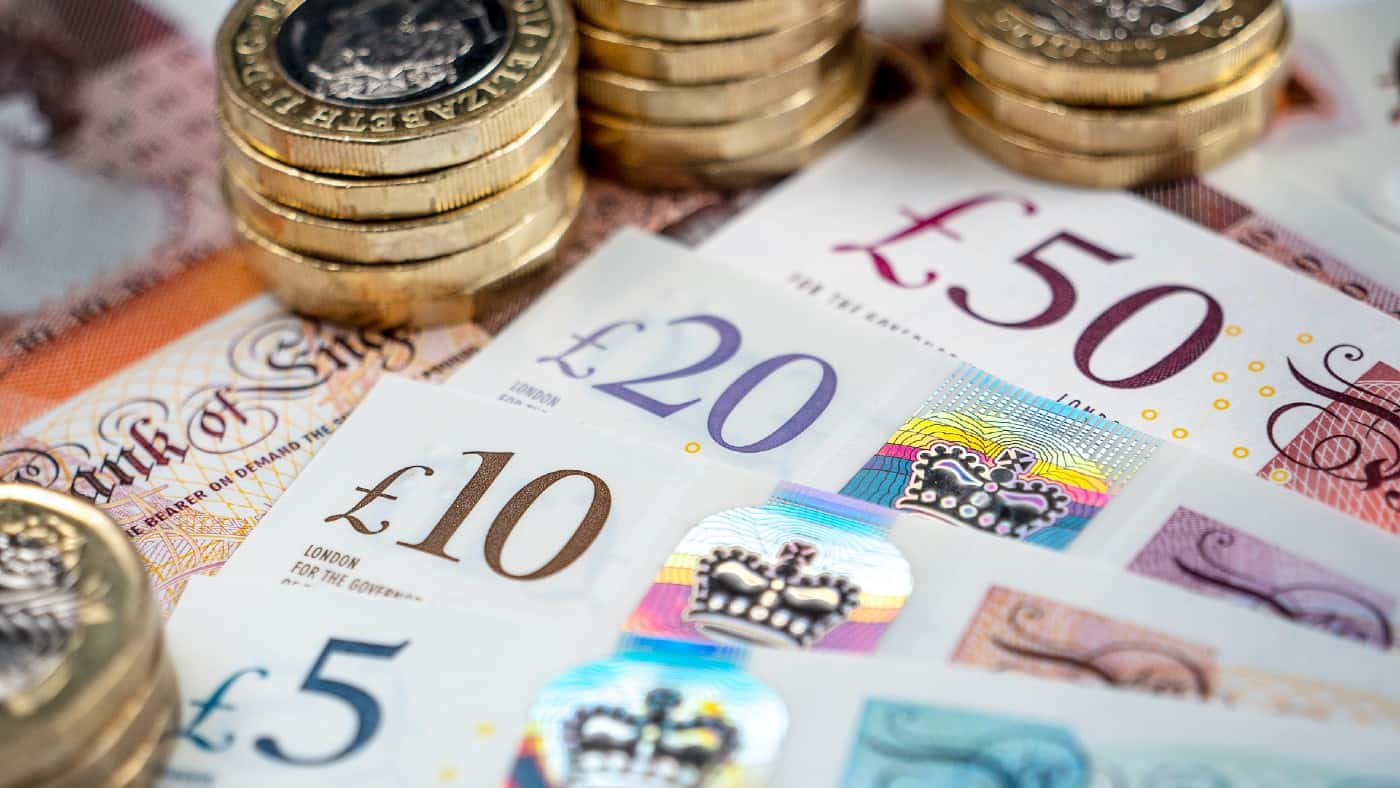Barnaby Day owns several brands of trainers but the avid runner reserves his highest praise for Hoka, one of the most popular sports shoes in the world.
“I ran my first trail marathon in Hoka in 2018,” said Day, who runs every day and is a director of sport and wellbeing for several schools in south-east London. “The Hokas that I’m wearing now, Clifton GORE-TEX, I actually don’t run in them at all, I wear them day-to-day.”
The 41-year-old is part of a global tribe numbering in the millions, whose members include trail runners, nurses, celebrities such as Harry Styles and Britney Spears, and even US President Joe Biden, all of whom wear the bulbous yet comfortable shoes that have been described by the internet and media as “ugly”, “chunky” and “hideous” because of their thick soles.
The eclectic mix underlines the broad appeal of the Hoka brand, which was acquired by Deckers Brands, the US-listed owner of footwear labels including Ugg boots and Teva sandals, in 2012.
It broke the billion-dollar sales mark in 2022, having sold only about $3mn of shoes a decade ago when the France-founded label was known only to hardcore runners.
“They’ve always been like Marmite among runners — they’re not necessarily the most aesthetically pleasing of shoes, but as shoes have become crazier, that has become less important,” said Day. “Hoka has done some collaborations with designers and they’ve become a fashion shoe as much as they are a performance shoe.”
Despite its phenomenal growth, having reported another record year of sales on Thursday, Hoka and its owners — whose shares are about six times what they were five years ago — are at an inflection point.
Some analysts and investors ask whether it can sustain its double-digit growth amid fierce competition after its shoes grew in popularity during the pandemic. Last month, Adidas said that demand for some of its shoes including the Gazelle and Samba models was so high it was delaying product launches to maintain their appeal. Other newer rivals such as On Running are vying for the same slice of the pie and pushing aggressively for growth.
Hoka is also in the midst of a leadership change, with Deckers’ chief commercial officer Stefano Caroti poised to take over as chief executive when Dave Powers retires in August after eight years at the helm.
Swetha Ramachandran, fund manager of Artemis’ Leading Consumer Brands fund, which invests in Deckers, said: “Does Hoka have what it takes to be a $5bn brand and what do they need to do to get there?” She noted they remain “resolutely focused on performance” trainers even as rival On Running pushes into a broader range of lifestyle and accessories products “because they see that is a larger part of the market”.
“Can Hoka do that in a way that feels authentic while retaining the legitimacy and authority in the footwear side of the business? Because that is what is also going to drive additional growth.”
Hoka commands only about 1.3 per cent of the athletic footwear market, with rival On Running at about 1.7 per cent, while giants Nike, Adidas and Puma hold about 23.7 per cent, 11.5 per cent and 4.5 per cent respectively, according to Stifel estimates.
Hoka has tried to cultivate its popularity among the fashion-conscious through collaborations with brands such as Moncler and Free People. At the current pace of growth, it could overtake Ugg as Deckers’ biggest brand, which underwent a revival in recent years and has $2.2bn in annual sales. Hoka had $1.8bn in revenue in the year to March 31, around 42 per cent of Deckers group revenue.
Deckers and Hoka did not respond to interview requests for this article.
Hoka traces its roots back to 2009, the same year Christopher McDougall published his bestselling book Born to Run which popularised “barefoot running” as well as minimalist footwear.
That same year, Hoka was founded by Jean-Luc Diard and Nicolas Mermoud, who took a different approach, focusing on developing lightweight trail running shoes with thick, supportive midsoles, to run faster downhill. It was named “Hoka One One”, which roughly translates to “flying over the earth” from the Māori language.

Three years later, the brand was acquired by Deckers for about $1.1mn. By 2014, minimalist footwear was falling out of fashion and Hoka began gaining favour, in particular with speciality running stores.
By the eve of the pandemic it was benefiting from another development: shoe retailers needing to diversify their product mix after industry leader Nike announced a plan to focus on its own direct-to-consumer sales.
Foot Locker, the New York-based global sneaker giant, reported that 75 per cent of its merchandise was purchased from Nike in 2020, a figure that had dropped to 65 per cent by 2023. Mary Dillon, the company’s chief executive, has said that Hoka is one of its fastest-growing brands filling the gap.
But beyond its success with Foot Locker, Hoka has been selective about selling through other retailers, a strategy that has supported its ascent according to Laurent Vasilescu, a managing director at BNP Paribas Exane.
“That’s why you don’t see Hoka in low quality retailers . . . All the good things [strategy] that you saw with Ugg, they [management] are applying in terms of best practice for Hoka,” he added, referring to a reluctance to discount and an ability to manage its inventory carefully.
Deckers has also been selling more of its shoes directly to consumers, earning higher profit margins. In its most recent quarter to the end of March 31, direct to consumer revenue increased 21 per cent, accounting for just under half of group revenue.
This week the company posted record annual results, driven by Ugg and Hoka, with net sales increasing 18.2 per cent to $4.3bn. Profit rose to $759.5mn, compared with $516.8mn the previous year, and it said it expected net sales to continue to grow by about 10 per cent to $4.7bn.
Bigger rivals may be threatened by the pace of its growth, but market share estimates from Stifel show that Nike and Adidas sold a combined 1.1bn pairs globally in 2023, compared with Hoka’s 18mn.
Powers’ retirement will be a loss. He joined Deckers from Converse in 2012 as president of direct-to-consumer and “has been instrumental in terms of the lift off [Hoka] has had” said Ramachandran.
Vasilescu said that incoming chief Caroti, who has had a long career working for Deckers, Puma and Nike, was a continuity candidate, who was “a thoughtful product leader” and “very similar to Dave [Powers]”. “They’re both very approachable individuals — a very important quality.”
He believes Hoka has barely made a dent with its international ambitions and “there’s just a lot more runway to go”.
Meanwhile, runners such as Day are excited about more top athletes being sponsored by Hoka.
“If athletes that are wearing Hokas are winning marathons and winning medals, runners like me who are not looking to win anything but are looking to break our personal best, we’ll be more and more interested in wearing their shoes. That fashion angle, the amount of collaborations they have, the innovation, make them an attractive brand.”
Credit: Source link














